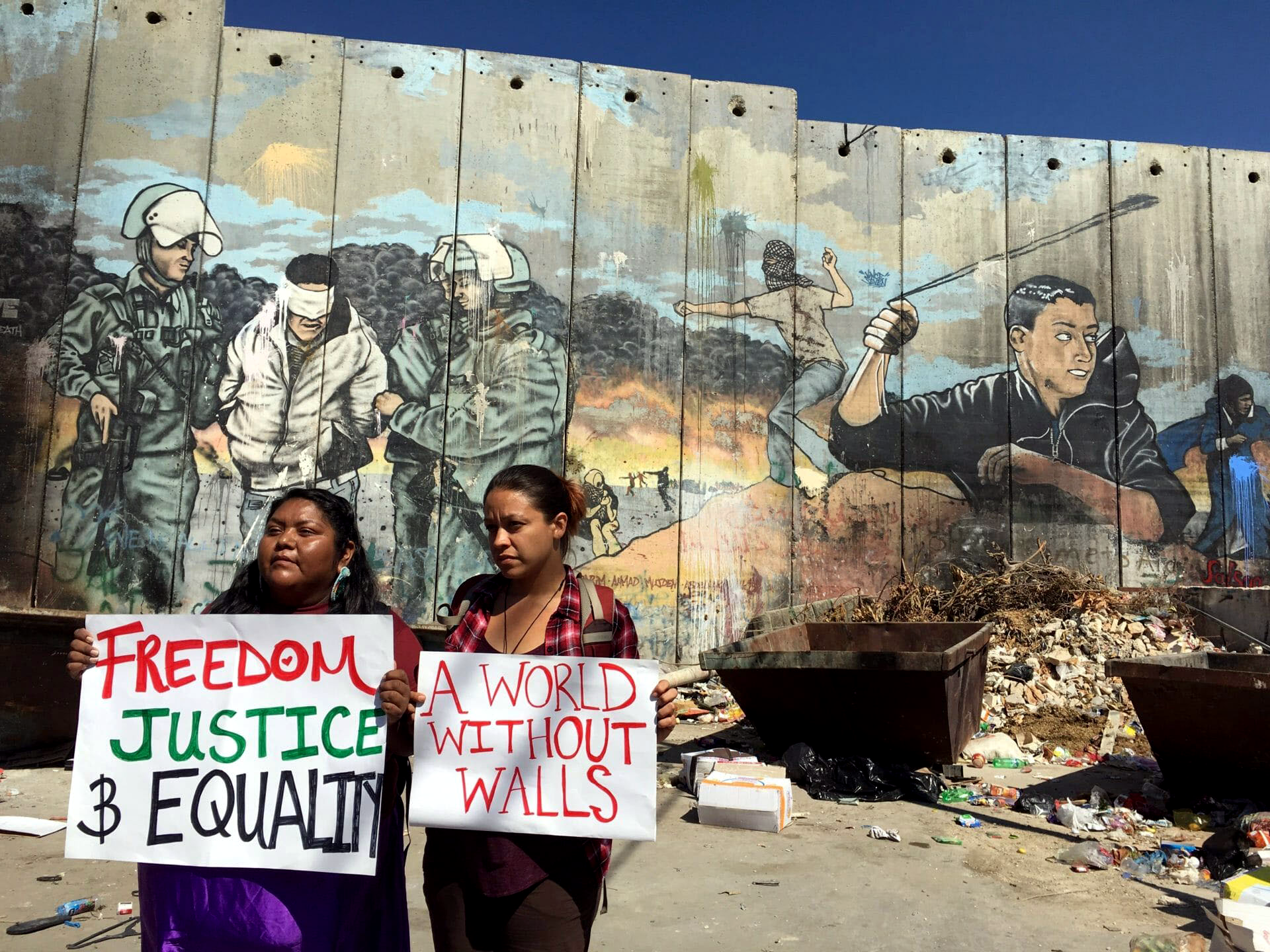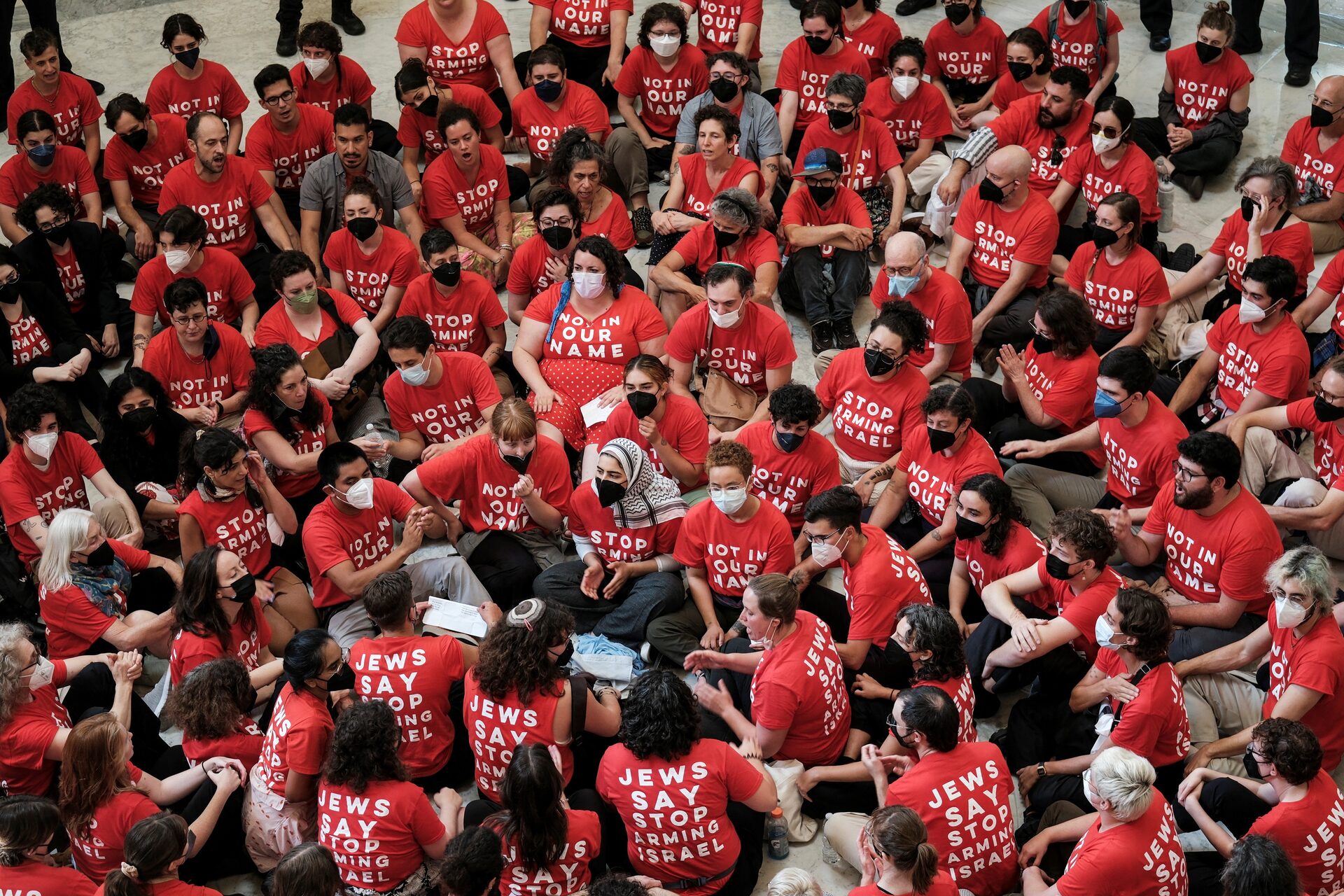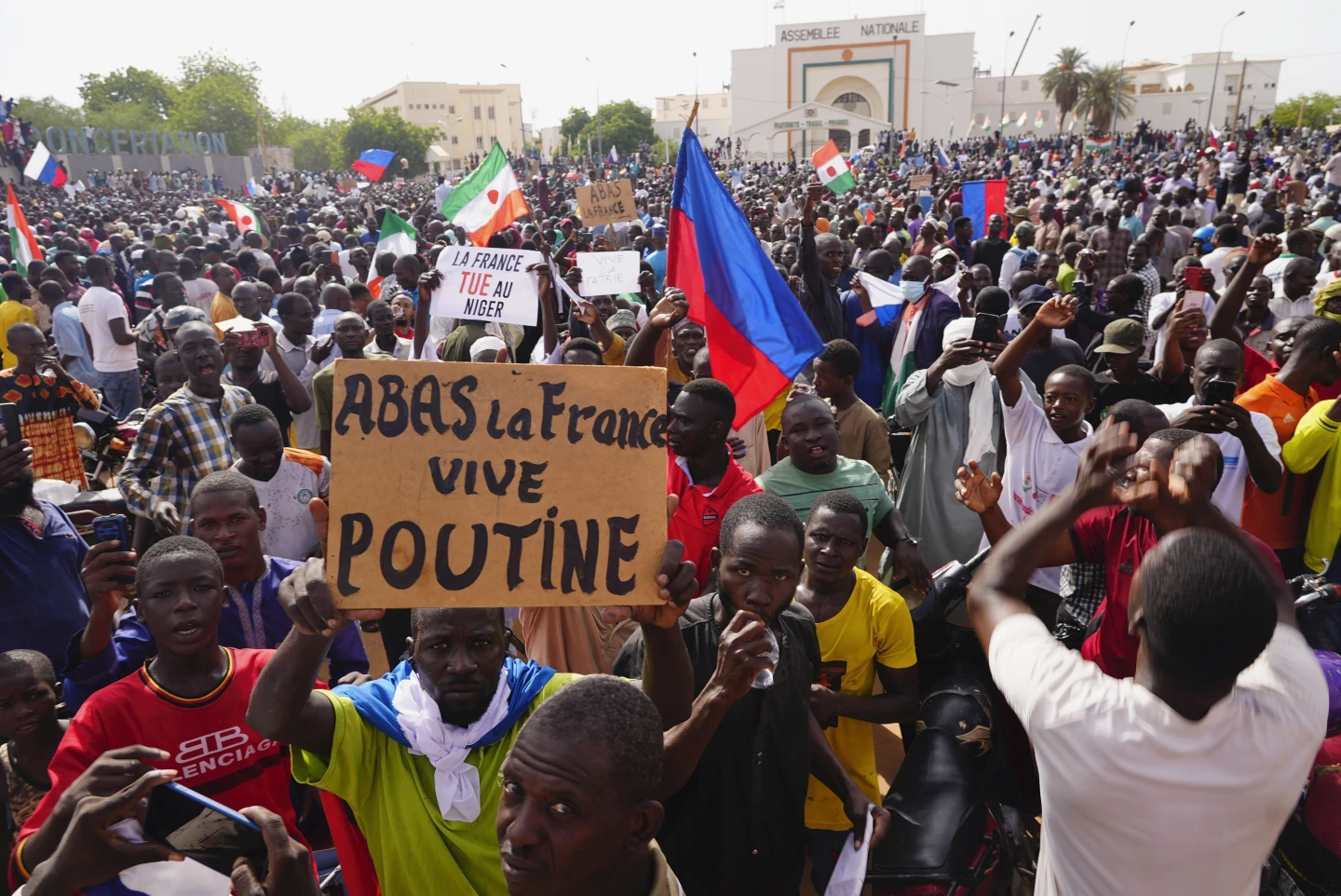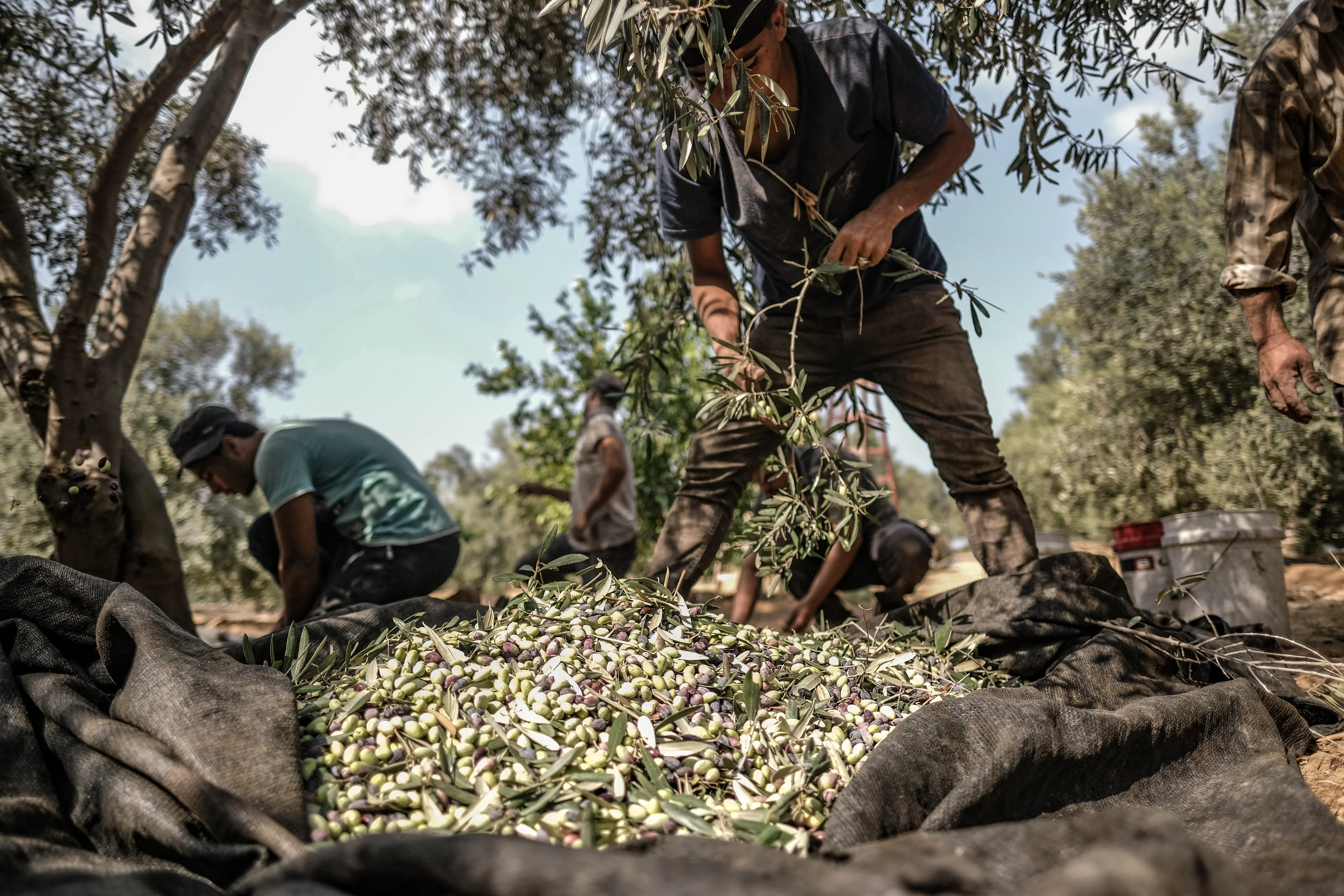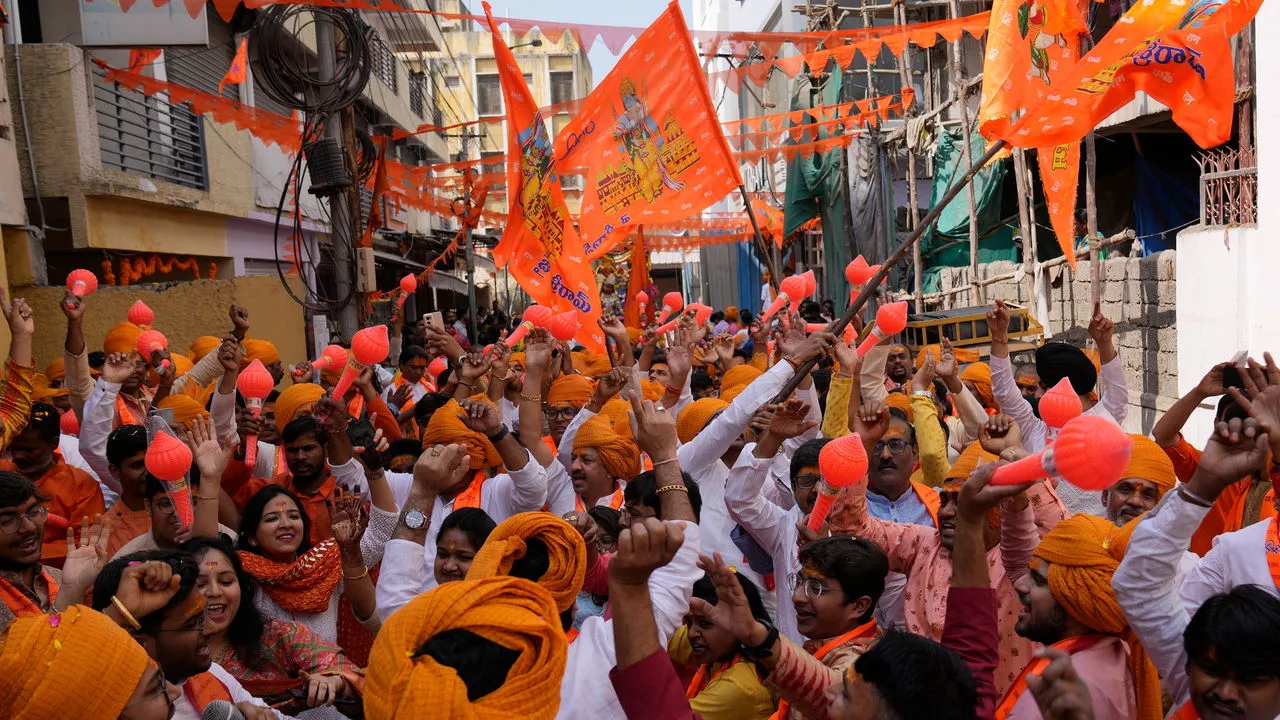‘This moment felt different’: A Conversation with Writers Against the War on Gaza
How did WAWOG come to be?
WAWOG started very soon after October 7. It was largely a group of media workers who were disturbed by the events happening in Palestine after October 7, and the war on Gaza that began as a result. In the past, writers and journalists have attempted to organize around Palestine, but I think this moment felt different in that folks were pretty politically aligned in terms of showing solidarity with Palestinians and not trying to water down what they wanted to say.
The organizing came about first as publishing a statement that would be signed by writers writ large expressing solidarity. Beyond the statement, there were questions like, “What can we do moving forward? Is this something that just ends with publishing a statement? Or is this an ongoing organizing effort?”Drawing on connections in the industry, people began identifying what the arms of organizing could look like, whether that was in the media space, in organizing cultural institutions to commit to the cultural boycott of Israel, et cetera.
During moments of crisis, for better or for worse, people turn to art to capture complicated feelings that are otherwise difficult to put into words. What is the responsibility of the artist during a genocide?
Culture has the power to change hearts, minds, and beliefs. It allows us to shape and reinterpret reality. Culture is weaponized by the state and by empire to shape the terrain of domination and imperialism. It's used to manufacture consent for genocide, to make people passive, and to assuage the masses. If culture is able to be used in that way, I think our responsibility as cultural workers of conscience is to use culture to resist that. It doesn't stop at the work itself. We produce for this purpose, but I think we also need to see ourselves as part of the larger resistance movement. That means actually being in the streets.
The past few months have exposed the emptiness of many mainstream, left-of-center cultural institutions — PEN America and The New York Times are two that WAWOG has critiqued directly. Something unfortunate about these institutions is their massive audience and their unmatched prestige; people are going to believe what The New York Times has to say. Do you think there’s a way for activists to leverage these platforms from the inside?
For a long time, people have attempted to leverage the validity that these institutions offer, in order to try and platform resistant messages. But I think what we've seen is that no matter how much people try to organize from the inside, these institutions are behemoths that are going to operate in service of empire and capital. If someone is trying to publish in the New York Times, their pieces will often be edited to death, or defanged to the point that they no longer serve the purpose that they aim to serve.
Part of our efforts in resisting these organizations is actually to combat the stature that they carry in these spaces. When we try to use them as platforms for ourselves, we give them the validity that they desire and function off of. Part of our work is actually to invalidate them and expose that they aren't these objective institutions. They're actually very reactionary and harmful institutions. That's why we're committed to this boycott and divestment campaign against places like New York Times. By withholding our own work from them, and trying to organize others to do the same, we resist the notion that we're going to buy into what they're doing.
One thing that struck me about the New York War Crimes is the fact that it’s print first, digital second — it ran a couple print issues before the website even went up.
The trajectory of the New York War Crimes has been really interesting. It began as a form of agitprop more so than a publication. For our first couple of issues, we were literally just printing the names of victims who were killed by Israel in Palestine. It was mirroring the New York Crimes, which was published during the AIDS crisis, but also mirroring the front page [of the New York Times] that was published during Covid of the names of the dead. In that sense, as a physical object, it was intended to be less of an educational resource and more of something that used the power of that double take — you're looking at this artifact that you think is a certain publication, and then you realize that it's not, and you look closer and contend with what it's showing you. The first couple of issues were published in conjunction with actions that were taking place in the city, outside in the New York Times’ building. It was very rooted in that physical space of being at a protest.
We've seen how much people respond to the print copy. We'll take it to protests, we'll take it to jail support — seeing people hand them out and pass them around and read them, it’s a very powerful thing.
You mentioned that the New York War Crimes was modeled after the New York Crimes. Writers Against the War on Gaza itself was modeled after American Writers Against the Vietnam War. What does your organization gain from drawing upon prior protest movements?
It's part of recognizing the lineage of culture workers responding to moments of crisis. Whether it's been the anti-Vietnam War movement, the AIDS crisis, the Black Power movement, artists and cultural workers have organized and responded. In all of those examples, they've resisted this neoliberal notion that art is produced just for consumption, that it's produced in this individual sense to sell or serve the individual creator. We are collectives and we operate as collectives. This isn't the first time that culture workers have done this, and it's not going to be the last time that culture workers do this.
What can the student movement learn from the cultural movement for Palestinian liberation, and vice versa?
Despite attempts to try and view these sorts of organizing movements as separate — like, people talking about the student encampments as their own thing — I think they are in conversation with each other. The students came to these encampments from the streets, where they were organizing first, and they brought it to their campuses. Now that encampments are being swept, they're returning to the streets, they're returning to the cultural spaces where they organize. I think we can learn from each other in terms of how we escalate, how we disrupt, and how we leverage our organizing to put pressure on our institutions. Those things exist across the board.
